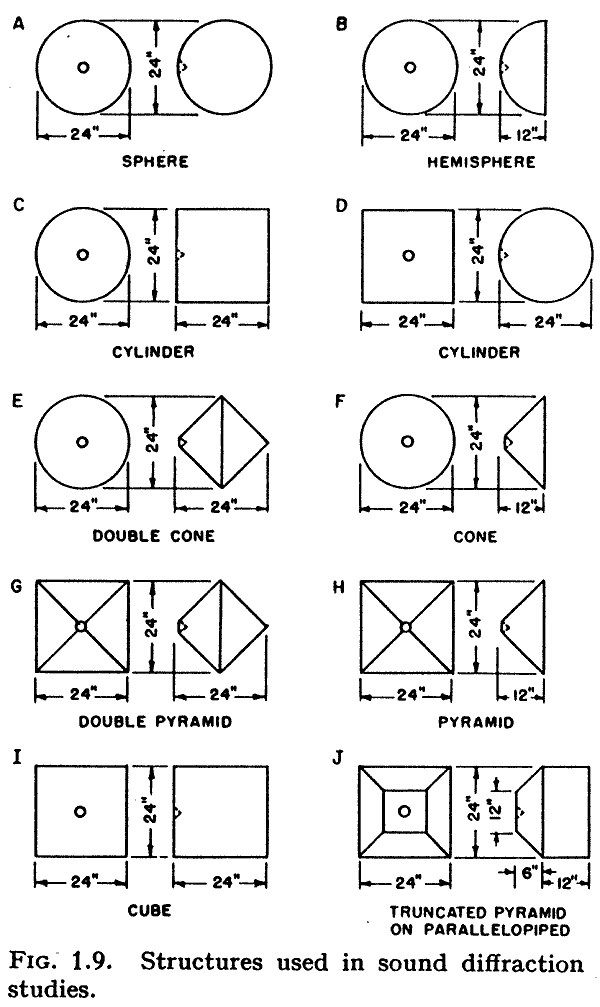If I have understood this technique correctly (by no means a given!) yes, but I think that the woofer coroosover needs to be 1st order and the mid needs to be 2nd order for the signal levels to balance as expected. I haven't tried this yet myself, so take this with due caution.
Don’t know about what Jeff said about the XO. We usually kept the XO symmetrical in order.
The range at which to XO the woofer is between 0.707 to 1 times the BS(-3), We found that nearer the lower end of that range worked best. Between 200-285 Hz in your case.
dave
The range at which to XO the woofer is between 0.707 to 1 times the BS(-3), We found that nearer the lower end of that range worked best. Between 200-285 Hz in your case.
dave
Last edited:
Perfectly acceptible way of doing it. Bear in mind, you have a 3-way, in which baffle step is usually dealt with by choosing a suitably sensitive woofer; the 'baffle step compensation circuit' is only applicable to 2-ways
an acceptable alternative to adding the baffle step compensation circuit?
put the box close to the wall
All, my woofer is the SB34NRXL75-8 and is 3rd order. The mid is AC130F1. 2nd order. The slopes seem to match pretty decently between woof and mid. Thoughts?

Hence the popularity of WWMT-systems. The challenge often is getting good measurements with abundant windowing (>8ms]. Three way systems are not as simple as two way.Perfectly acceptible way of doing it. Bear in mind, you have a 3-way, in which baffle step is usually dealt with by choosing a suitably sensitive woofer; the 'baffle step compensation circuit' is only applicable to 2-ways
Re:'Three way systems are not as simple as two way' - don't agree, 2 ways are harder to get right, because the designer is working closer to the limitations of the drivers
Out of curiosity as I’ve never really understood the baffle step idea, how would it look graphically. As a bump and then slowly decrease back to free air response as frequency increase? And does the bump frequency rise and the amplitude decrease with a narrower baffle? What happen if I tilt a speaker 90 degrees sideways? Sorry if this is hijacking the thread. Is this why all PA speakers and retro speakers seems to have a much better “body” (ie male vocals) to its sound profile?
fabricadetabaco, you might take a look here - https://www.diyaudio.com/community/...overs-without-measurement.189847/post-2587232
Yes……if you’re going to accept a huge hit to imaging with such a wide baffle, you might as well use that baffle and instead use a more sensitive 12” woofer that extends deeper than the 8. Now there’s less attenuation needed on the mid tweet and an overall more efficient system.All, my woofer is the SB34NRXL75-8 and is 3rd order. The mid is AC130F1. 2nd order. The slopes seem to match pretty decently between woof and mid. Thoughts?
View attachment 1285324
No that was the XSIM with individual and summed curves. This is the measured response including the port.Jim, are you showing us responses with the baffle effect included?
Last edited by a moderator:
I'm not sure that answers my question. The reason I asked is to discover whether the response is supposed to look flat, or whether your goal should be to make it the inverse of the baffle step. To that end, I wonder how you measured this.. At an appropriate distance from the baffle? Did you gate the room out of the measurement?
I'm not sure that answers my question. The reason I asked is to discover whether the response is supposed to look flat, or whether your goal should be to make it the inverse of the baffle step. To that end, I wonder how you measured this.. At an appropriate distance from the baffle? Did you gate the room out of the measurement?
AllenB, this is measured in the room about 1m away and gated. I always wondered if the response was to be higher output on the woofer end. but I guess not, because when you see John Atkinson do in room measurements of a speaker we dont see a step
In the simplest terms, if you've measured the baffle step and you've compensated it with your crossover, it should then be flat. There are many details and exceptions to that, but by and large you've achieved that with Xsim.
What remains is to test it. I'm guessing you'll end up deciding to reduce the mid and tweeter level a little.
What remains is to test it. I'm guessing you'll end up deciding to reduce the mid and tweeter level a little.
That must be a rhetoric question…
AFAIK Olson used enclosures with (diagonal?) sizes at least five times the cone diameter.
AFAIK Olson used enclosures with (diagonal?) sizes at least five times the cone diameter.
- Home
- Loudspeakers
- Multi-Way
- Avoidance of baffle step compensation

